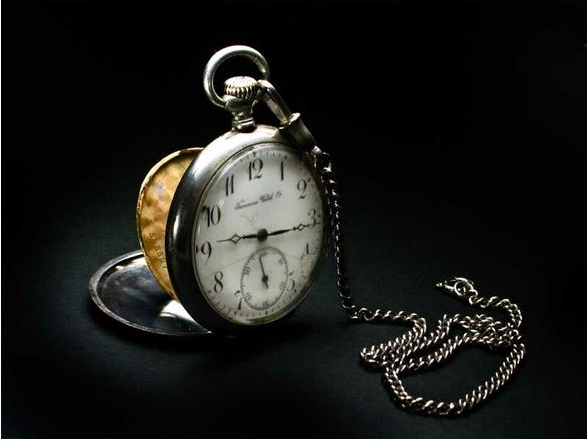A few months ago I went to the dentist for my cleaning. While lying back in the dental (torture) chair, I conversed with my dental hygienist, as we shared personal stories along with brushing habits. I don’t know about you, but I like to know a lot about someone before he or she goes prospecting in my mouth for cavities and the like. Otherwise, I’m just not that kind of guy.
Anyway, the whole time while my teeth are being scraped and probed and who knows what else, I could swear two hours went by. Which explained my perplexed state when I looked at my watch and found only about twenty minutes had passed. Apparently my experience in the chair somehow skewed my sense of time. And that made me think of how the same thing could happen to an author when dealing with a timeline in a story.
The timeline is an essential part of a book. If it’s messed with, it creates chaos—readers will wonder what is what.
So it’s important to make sure to have a smooth, concise, and consistent timeline throughout the book.

I’ll give you one example of a “warped” timeline. Let’s say Dale arrives at his friend Johnny’s home at ten in the morning. And Dale only spends a half hour at Johnny’s before leaving at one in the afternoon.
*sirens going off*
We have a botched timeline, ladies and gentlemen! Because, if Dale only spent half an hour at his friend’s place, and seeing he arrived at ten in the morning, it should be approximately 10:30 a.m. and not one in the afternoon.
Yes, definitely strange there. But an issue like this can be taken care of. And here’s how:
You could make up an outline, keeping track of the days, hours, minutes that have passed between scenes or during scenes. This will go a long way to make your timeline consistent throughout. And you can easily refer to it when double checking the time of the story.
Another, easier, way is to be vague about the time in the first place. This allows you far more wiggle room. So instead of saying Dale arrived at Johnny’s at ten in the morning, you would remove “ten in the morning” entirely and all mentions of exact time. In a way, it’s like what people say about lying. The more specific and detailed the lie, the deeper in trouble you get.
Having a consistent timeline is vital. If something is off, it might make readers feel as if they’re spending a long day at the dentist’s office. And who wants that?